The Australia Energy Market Operator (AEMO) expects a four-fold increase in the capacity of rooftop solar by 2050, reinforcing the role of consumer-owned renewable generation to meet the growing demand for electricity as coal generation retires.
AEMO has released its latest Integrated System Plan (ISP), a roadmap to deliver 82% renewables into the grid by 2030 and transition the National Electricity Market (NEM) to net zero by 2050.
The ISP has forecast that the NEM must almost triple its capacity to supply energy by 2050 to replace retiring coal generation and to meet increased electricity consumption, which is forecast to rise by approximately 108% across the NEM to more than 410 TWh in 2049-50.
The role that rooftop PV will play in the energy transition is already apparent, with the energy market operator saying rooftop solar “is capable of meeting 51.3% of underlying energy demand across the NEM in the middle of a sunny day.”
Rooftop systems contributed 13% of the NEM’s total generation in the first quarter of 2024, more than utility-scale solar (8.6%), wind power (11.8%), hydro (5.3%) and gas (4.1%).
One in three Australian households already have rooftop solar but the Step Change scenario outlined in the ISP, considered the most likely scenario presented in the report, projects that by 2034 more than half of the detached homes in the NEM would have solar installed, with that figure rising to 79% in 2050.
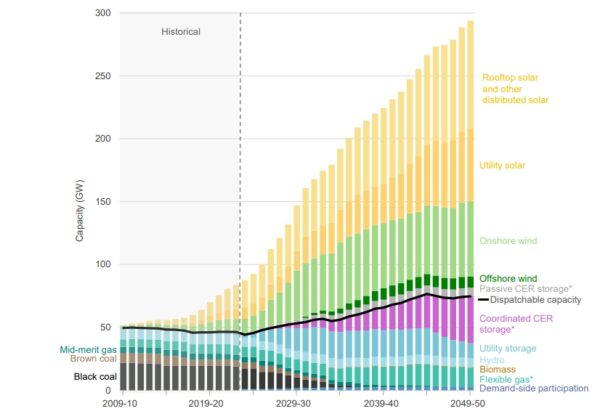
Image: AEMO
AEMO has forecasts that the total capacity of distributed solar, including residential and business rooftop PV as well as larger commercial or industrial “non-scheduled” PV systems, will climb from 21 GW today to 36 GW by 2030 and 86 GW by 2050. At that time rooftop solar capacity is expected to reach 72 GW, “driven by ever-falling costs.”
The market operator highlighted that as investment in consumer energy resources continues to grow, they have the potential to reduce the need for utility-scale solutions.
Popular content
“With the right incentives and systems, these assets can reduce the need for additional utility-scale investments, and materially reduce the cost of the energy transition,” the report reads.
AEMO Chief Executive Officer Daniel Westerman did caution that action will be needed to ensure power system security as increasing amounts of rooftop solar connect to the grid but noted that if owners allow some coordination of their assets, including batteries and electric vehicles (EVs), it will help keep the power system as a whole in balance.
“Consumers are already a driving force in Australia’s energy transition and this is set to continue,” he said. “If consumer devices like solar panels, batteries and electric vehicles are enabled to actively participate in the energy system, then this will result in lower costs for all consumers.”
Author: Ken Braganza
This content is protected by copyright and may not be reused. If you want to cooperate with us and would like to reuse some of our content, please contact: editors@pv-magazine.com.
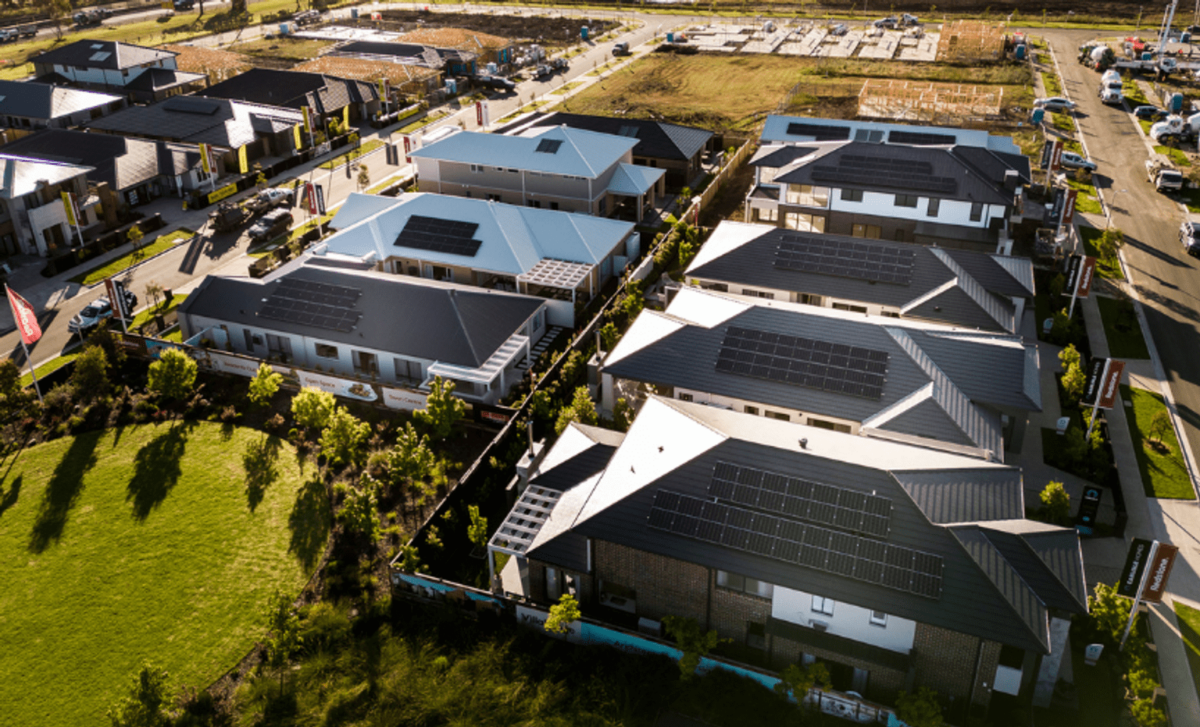


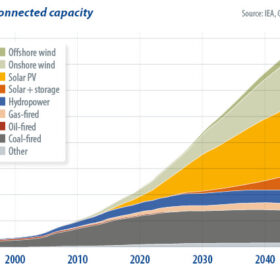
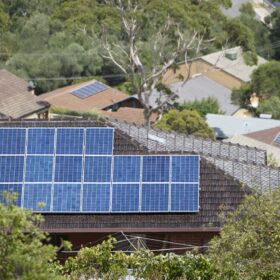

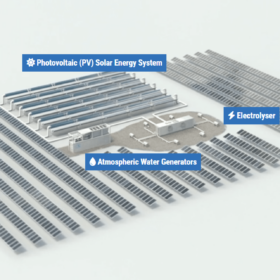

Very strange photo. All the houses have panels on dark side of roof (facing south?).
Any explanation for that?
I’m wondering about south-facing panels, it is my least shaded side.
Good pick-up Ian. I too was intrigued by the shading when I first saw the pic. I’m thinking the pic was taken early morning and the houses are aligned ENE to ESE and panels are mounted on the WSW side of the roofline.